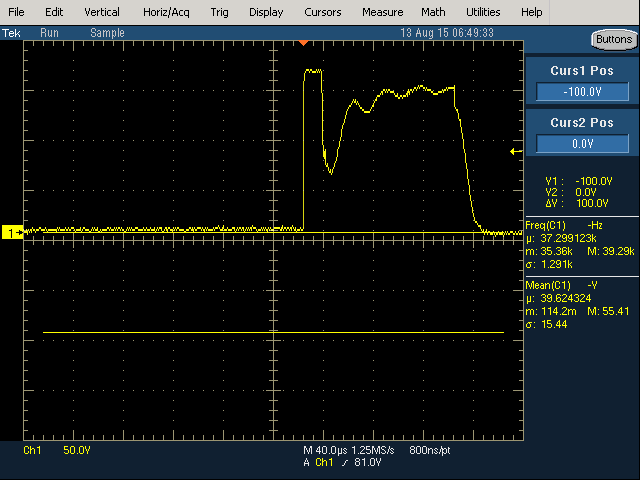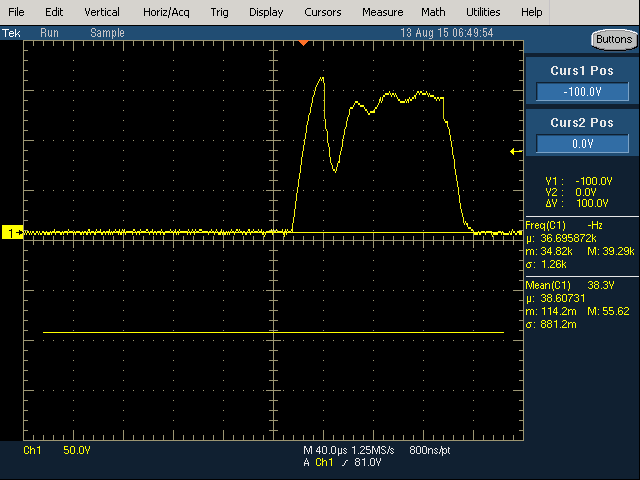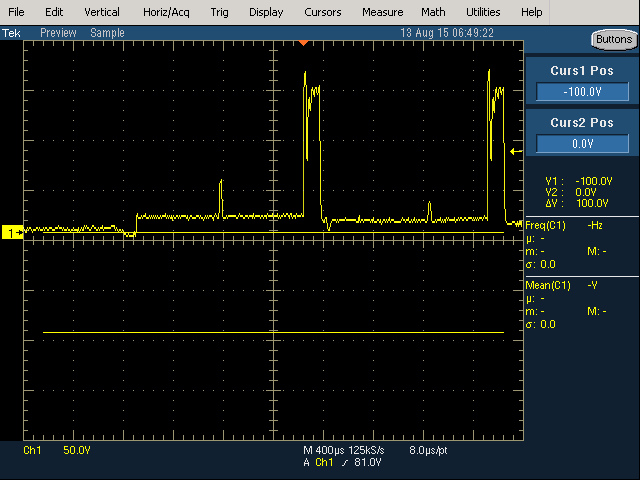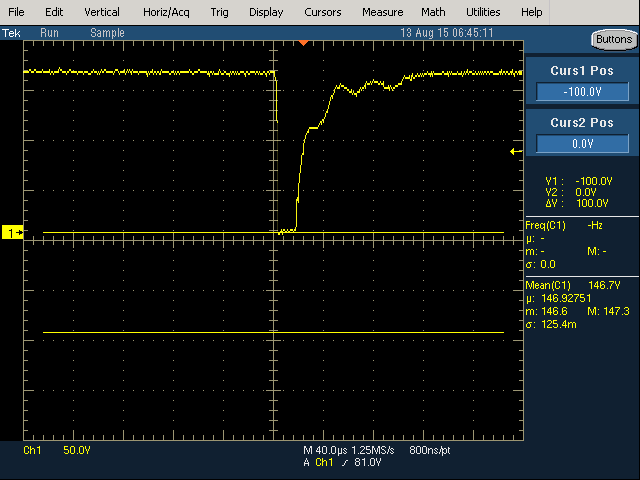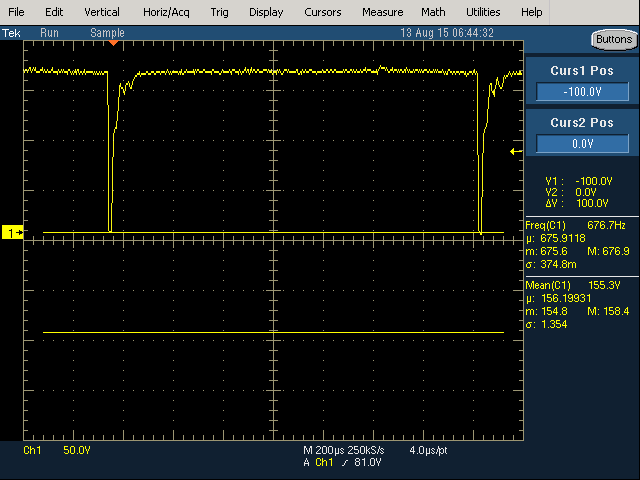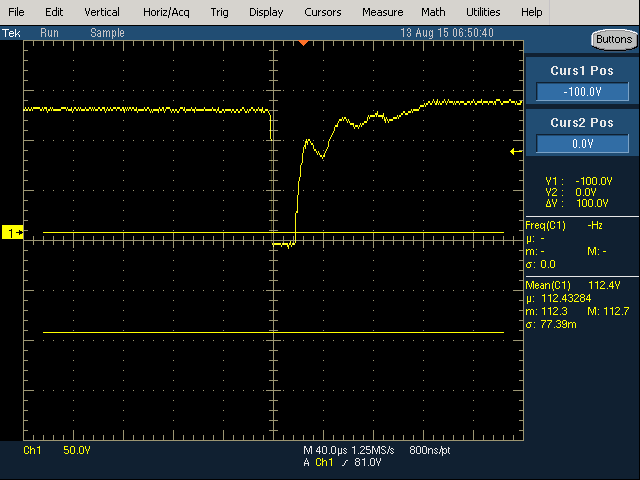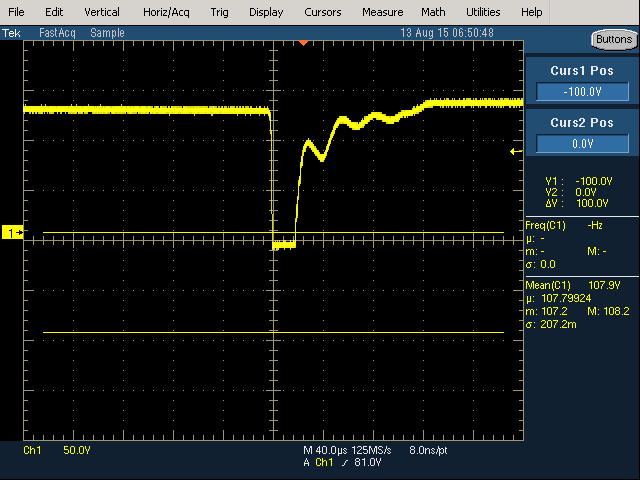Archive for the ‘Uncategorized’ Category.
August 17, 2015, 4:57 pm
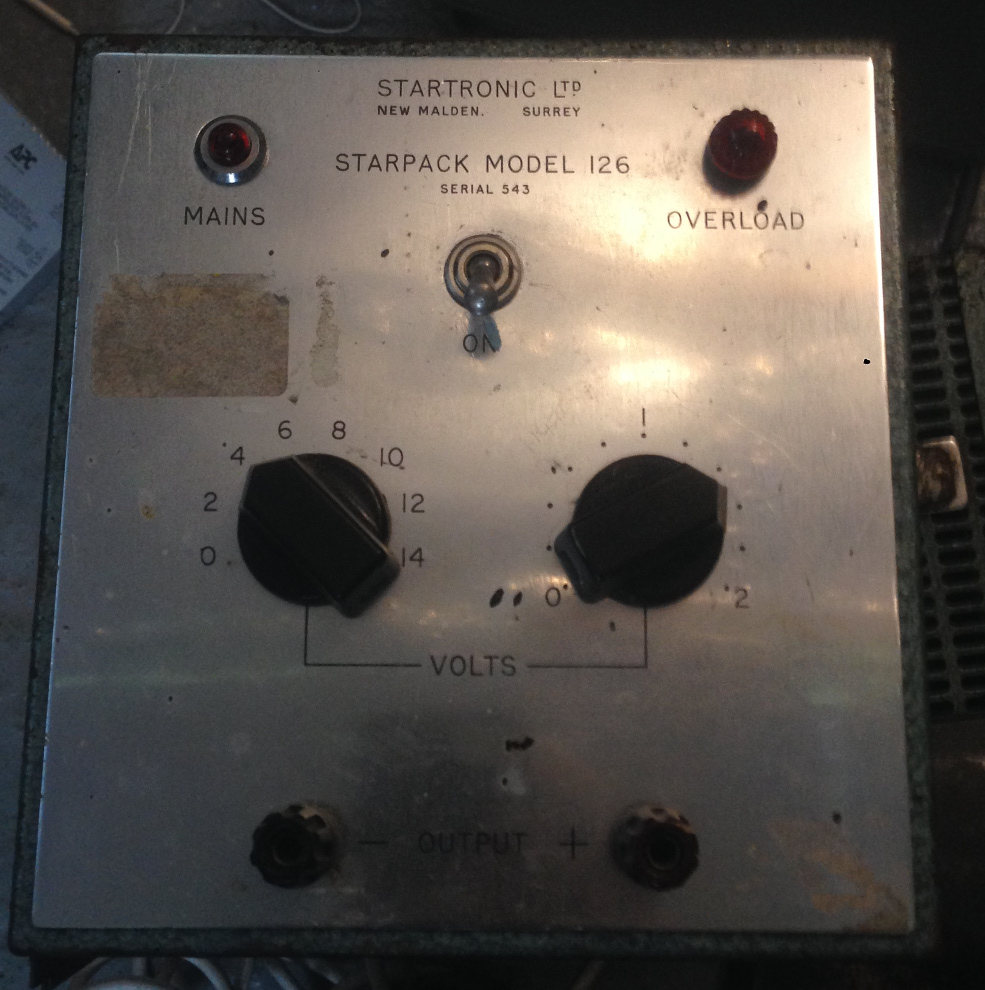
Misc picks of this ancient linear bench supply. I picked this up around 2005 from what was called “junk stores” at the University of Southampton. It was a non-profit shop which used to sell very old bits of university surplus. They knocked it down to make way for a fancy new lobby…
I got two of them and I think they cost one or two pounds each. I was very happy, and this was my go to power supply for a few years. I’d also picked up a pretty good analogue scope from the Chemistry department skip IIRC… Good times.
It’s been sitting in a damp shed for a few years now, but I decided to dig it out and see if it would be useful. It was a little dusty… 🙂
I’d guess the unit dates from the 50s or 60s. The transistors are Mullard brand, Mullard were a UK component manufacturer and I’d guess these transistors were even fabricated in the UK. They were eventually acquired by Phillips and the Fab stuff became part of NXP if Wikipedia can be believed. All those facilities have closed now it seems. Shame…
Still works, it’s about a volt out but can still drive pretty reasonable loads not bad considering it show no signs of calibration. Pretty impressive for a 50 year old instrument.
It’s probably of limited utility in a modern lab as it doesn’t have current limiting, but it may yet find a home.

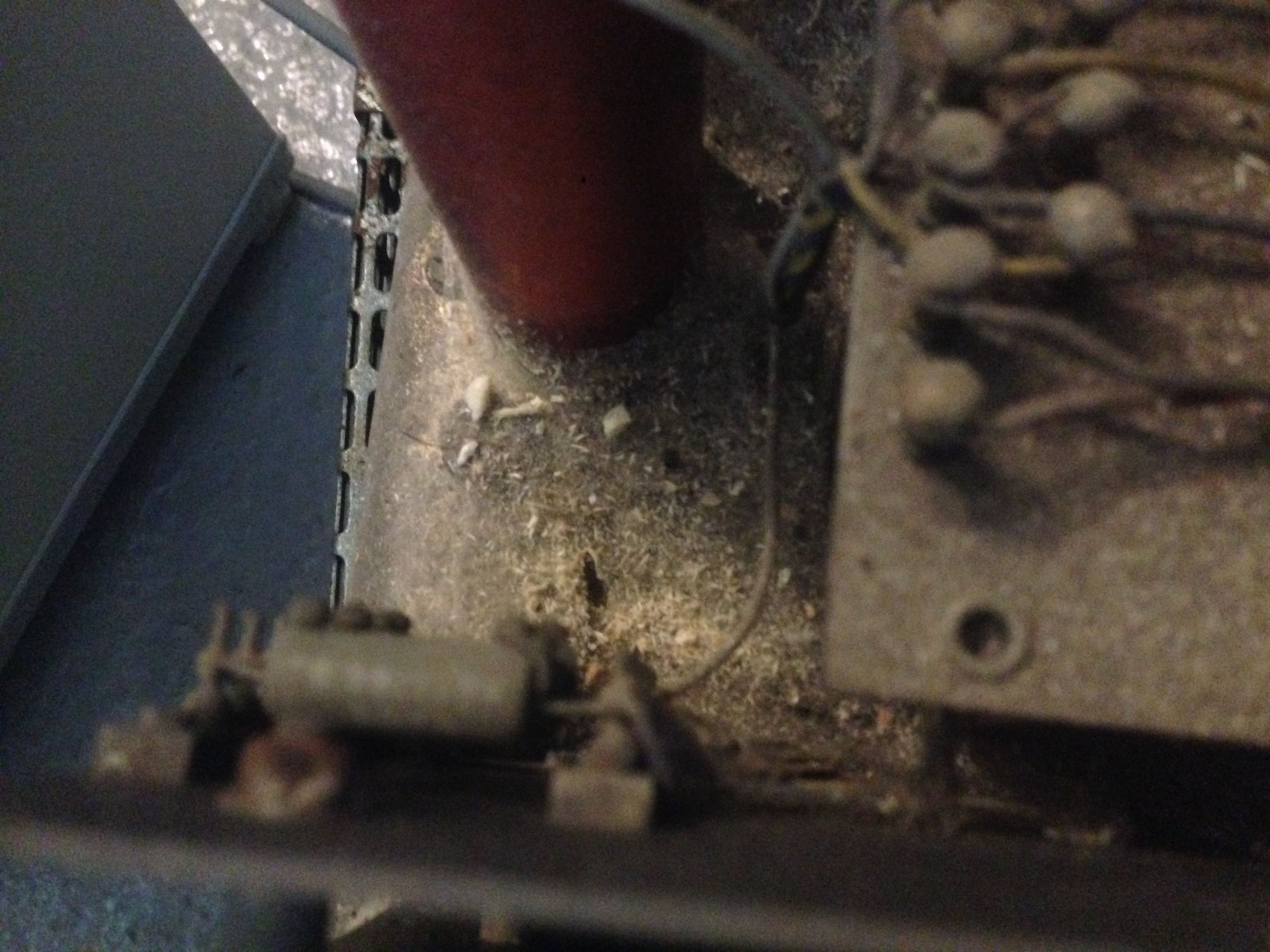







August 17, 2015, 4:33 pm
The charger on my Wife’s Surface failed, it was a cheap eBay replacement so I wasn’t hugely surprised that it failed after 6 months. I ordered a replacement but to get things up and running again I decided to fiddle with the existing charger.
Here’s what I found when I removed the casing around the connector. The frayed cables had shorted and also blow the SMD fuse:
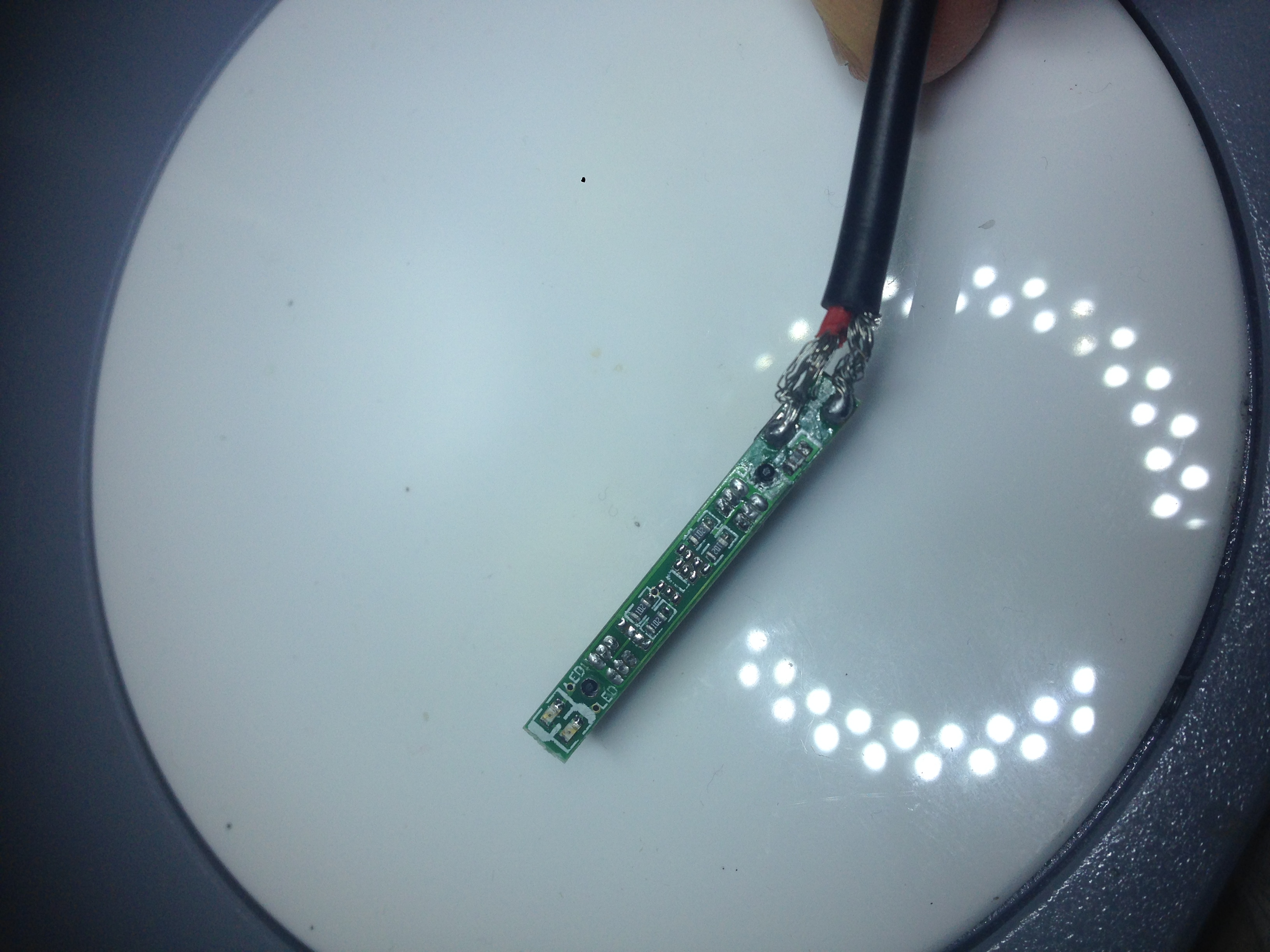
Here’s the temporary fix, I’m not proud. I was too lazy to make my way to a soldering iron and separating out the wires and shorting the fuse got the Surface charging and made my wife happy:

Here’s the medium term solution, re-soldered the wires. I’m not terribly happy with this but it’ll hold out until the new charger arrives. It seems like a poor design choice that the wires are just soldered to SMD pads not through-hole, and that the ground wire is unshielded (for the observant reader, yes the wires are opposite way round I flipped the polarity at the other end).
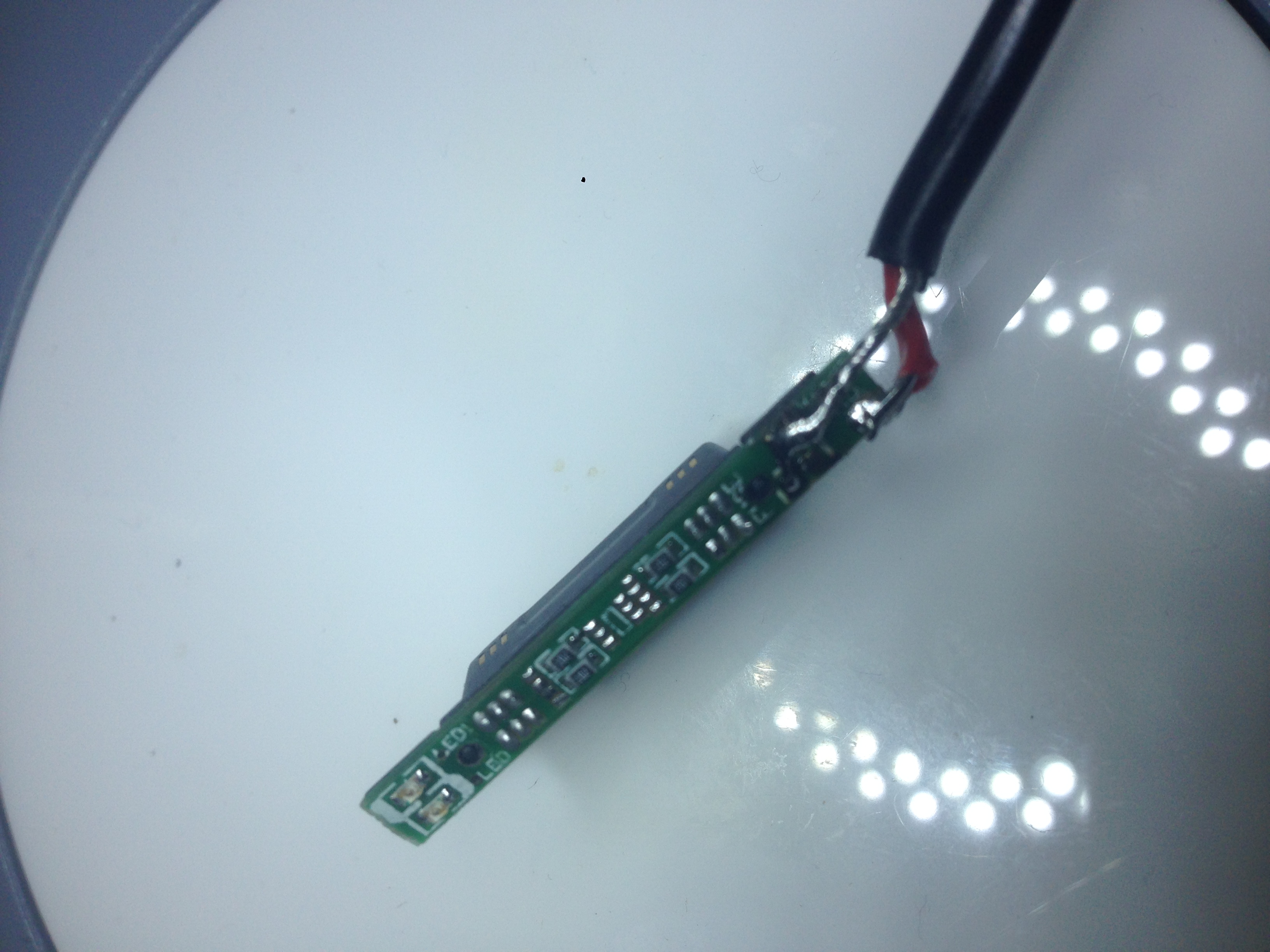
To provide some insulation I then stuck some heatshrink over the top, with a slit in it for the connector to poke out. That seemed to work reasonably well.
August 15, 2015, 9:26 pm
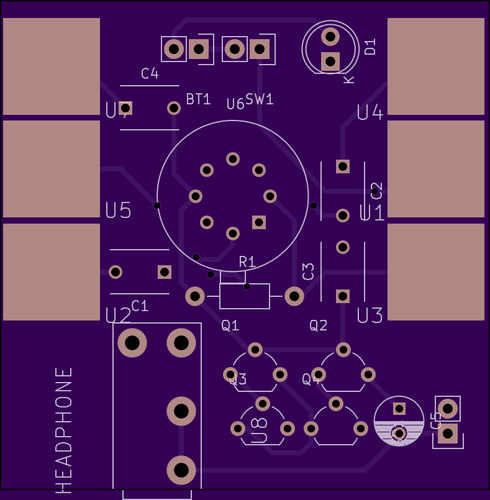
First trial layout of a Kraakdoos using the schematic from here. I’ll be sending this to fab shortly as a trial run. Lots to talk about in this circuit and updates should hopefully follow.
Kicad files and layout: kraakdoos
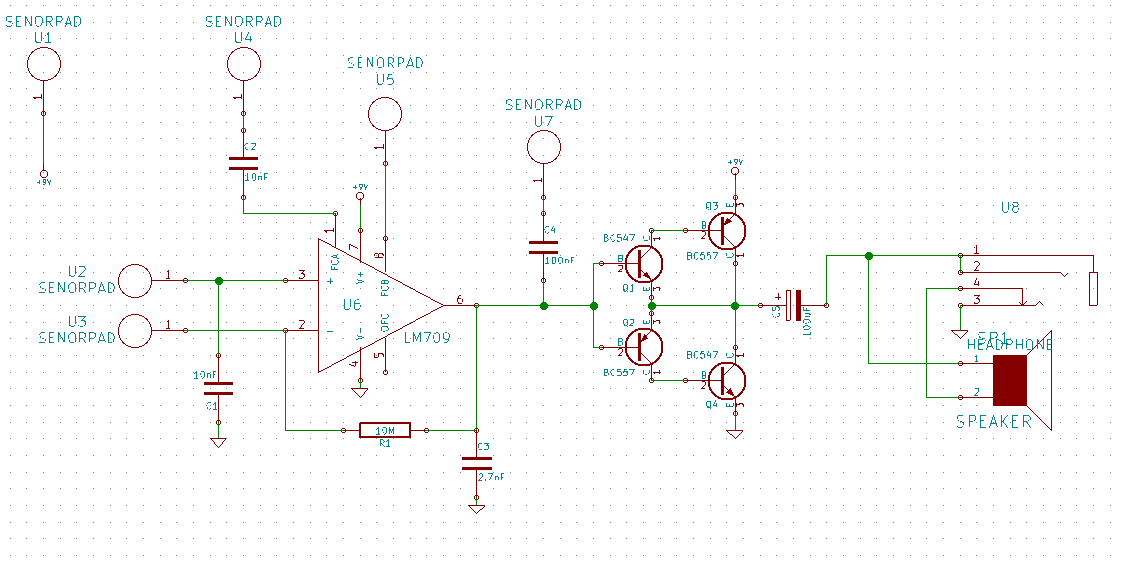
August 12, 2015, 10:12 pm
I previously posted about getting the picomotor up and running. Picomotors are awesome little motors which provide 30 to 100 nanometer resolution without gearing. Anyway, I cleverly almost blew it up the driver other day, by sticking 15 volts into the 5v line. A repair would be tractable, as it’s all discrete 1980s logic, however luckily all I need to do is change one of its many fuses.
Anyway, I really don’t ever want to by another driver, as it was too expensive for a bunch of 74 series logic and some big inductors. So I figured I’d grab some waveforms just in case I ever decide to build one. The waveforms however are somewhat confusing… my understanding is that when moving in one direction I should see a sort pulse, followed by a long pulse. In the other direction a long followed by a short. That’s not really what I saw. The baseline appeared to shift between forward and reverse motion. And it didn’t look like the pulses changed order… I may revisit this in the future and grab some more traces. But the useful information is that the driver uses 150v to drive the stack, short pulse width is ~20us, long ~100us. Maybe…
[UPDATE: I think my non-sleep deprived brain understands these traces a little better basically we’re interested in the rise and fall time, not the durations of the traces. So I think these traces make sense, in the first set we have a fast rise time and a slow fall, the second fast fall, slow rise. The fact that the baseline I don’t think matters too much, though there’s probably a reason for this that I don’t yet fully understand]
